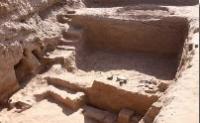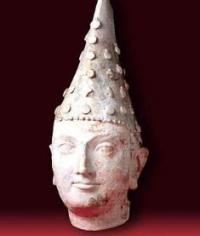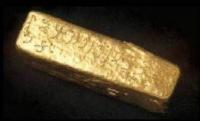Вы здесь
Dalverzintepa ancient town.



Tours over history-architectural monuments of Termez.
“No need to believe indiscriminately overheard the conversation”
Sax Hans.
Cultural walks in Termez.
Hillfort Dalverzintepa is an ancient settlement located in Shurchi region of the Surkhan-Darya area, in a fertile valley of Surkhandaryo. Its beginnings date back to the III century BC, blossoming falls on an era of the Kushanid Empire (I - IV centuries AD) and its decline - to the IV-V centuries. In the heyday of the Empire the city was surrounded with 2,5 km long defensive wall up to 10 m thick and a wide and deep moat around it.
In the city walls and towers there were built shooting galleries and dungeons, and on the crests – fighting gangways and platforms for shooters, slingers and stonethrowing catapults were arranged.
Kushan Empire reached its zenith during the reign of Kanishka I, when this powerful state reached such a high level of development and stability that competed in trade and cultural exchanges with the other three Eurasian super-empires of the ancient world - the Roman, Parthian and Han Chinese.
These four "Super Powers" of antiquity spread their influence throughout the territories from Atlantic to the Pacific. Later historians call this period (I-IV centuries. AD) "The Imperial period." It was at this particular time that from China through the lands of Kushanids and Parthians till the Roman Syria there stretches the largest in the history of mankind caravan route - the Great Silk Road.
High level of culture in which achievements of the local civilization of ancient Eastern type, the best traditions of culture of Hellenism, refinement of art of India and the special style brought by nomad tribes from open spaces of Asia were alloyed becoming one of the most considerable achievements of the Kushan era.
The policy of interethnic and religious tolerance pursued by the Emperor Kanishka was one of the reasons of creation of similar circumstances in the state. Caravans of foreign merchants and pilgrims with pleasure would traveled along the Kushanids Empire as the environment was very favorable and fertile for friendly coexistence of all people and nations in this state, irrespective of their racial and spiritual or religious orientation.
For the same time blossoming, further spread of Buddhism relaying on the Silk Road towards the East Turkestan, China and then, a little later, fell on the Korean peninsula and Japan.
Archaeologically Dalverzintepa is almost "sterile" antique city the excavation of which gives the chance to study town-planning features, fortification, architecture, art and tangable culture of Northern Bactria, especially for the time of the Great Kushans.
According to G. Pugachenkova, "comparison of historical and archaeological data gives the ground to identify it with that initial kushan capital once located to the North from Amu Darya which under the name Hodzo had appear in ancient Chinese chronicles "appears in the ancient Chinese chronicles."
A systematic study of Dalverzintepa began in 1967 The ancient settlement of about 47 hectares dug out by archeologists was literally larded by artifacts. In northwest part of the settlement the temple of the Bactrian Goddess where sculptures of deities and unique models of wall painting with the images of priests and infants were dug out.
The Buddhist temple of the II - III centuries AD was found in the center of the settlement. In the suburban area the ruins of another Buddhist temple was discovered which had been erected, according to findings of coins, even earlier about I century AD.
Both places of worship were once decorated with clay and plaster sculpture. Archaeologists had discovered more than three dozen of magnificent sculptures of the different sizes, from a half a meter to 3 and 4 meters high.
Among them there were Buddha's numerous statues, bodhisattvas, other Buddhist characters, sculptural images of the Ruler, of his successor, of a noble lady and a grandee. The part of the archaeological collection of Dalverzintepa was exhibited at exhibitions in Japan, Switzerland, Germany, France, the USA, Malaysia and the Republic Korea.
The central part of the city was occupied by the quarters of the rich citizens which have been built up with houses with spacious terraces, with ceremonial rooms and outbuildings. In many houses the number of rooms reached two or even three dozens.
In one of such houses in 1972 during excavations archeologists found the Dalverzin treasure of gold subjects largest in the history of the region, weighing about 36 kg relating to the I century AD.
The Dalverzin treasure on the scientific importance doesn't concede to the well-known Amudarya treasure which has been storing in the British Museum. For the first time throughout the Middle East there was found a precious treasure of the articles of Kushan historically refined due to its conservation in the archaeological layer.
During the excavations there also were found numerous items of ivory including the most ancient in the world chess figures (I–II century AD), and also articles made of the polished stone, copper coins, beads of precious stones, thin-walled ceramics relating to Greek-Bactrian era.
Authority:
http://welcomeuzbekistan.uz







